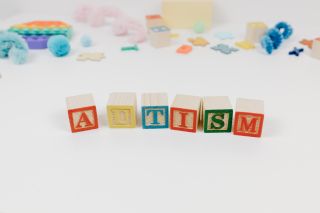Autism
Why Autism Rates Are Rising
5 key factors may be influencing the rise in autism diagnosis.
Posted May 12, 2023 Reviewed by Gary Drevitch

The Centers for Disease Control and Prevention (CDC) reported last month that the rate of autism in the United States is now 1 in 36 children. That rate has been dramatically increasing since the CDC began monitoring autism prevalence in 1996. In 2000, it was 1 in 150 children. In 2008, it was 1 in 88 children. In 2018, it was 1 in 44.
The rate of autism diagnosis across the world also seems to be increasing. In 2012, the global autism prevalence was estimated to be 6 in 1,000. The most recent study estimated global prevalence to be around 1 in 100.
So, why are the rates of autism increasing?
- Greater awareness. The primary reason that the rates of autism have increased is greater awareness of autism. More parents are aware of autism so they are more likely to seek evaluations for their children, and more mental health professionals have been educated about recognizing symptoms of autism, making them more likely to refer children and make diagnoses. Autism screening has also become more common. In the United States, children are typically screened for autism at 18 and 24 months, regardless of whether they are showing symptoms. Research finds that the increases in autism diagnoses have been associated with decreases in diagnoses of intellectual disability and learning disability, suggesting that children who might once have been diagnosed with an intellectual disability or learning disability are now diagnosed with autism.
- Changing diagnostic criteria. The diagnostic criteria for autism have changed over the years, becoming broader and including more mild presentations of autism.
- Increased availability of services. Over the years, services for autism have become more readily available. The availability of services has encouraged more people to seek a diagnosis in order to gain access to these services.
- Increase in parental age. Across the world, people are waiting longer to become parents. For example, the average age for a first birth was 21 in 1970, but rose to 27 in the U.S. by 2021 (source: CDC). Increased parental age (both maternal and paternal) has been associated with an increased likelihood of autism. Yet research estimates that this accounts for less than 3 percent of the rise in autism prevalence, so, while this may play a role, it does not completely explain the increase.
- More premature babies. Advances in neonatal medicine have allowed more extremely premature infants (born before 28 weeks) to survive. These advances are incredibly important, but they may also be linked to increasing autism rates since premature and low birth weight babies have higher rates of autism. In addition, the rates of prematurity (babies born before 37 weeks) seem to be increasing in some countries, including the U.S. According to the March of Dimes, the prematurity rate rose by 4 percent in the United States from 2020 to 2021 and is now at the highest rate since the country began tracking these data in 2007. The preterm birth rate also grew gradually in the 1990s and 2000s in the U.S.


